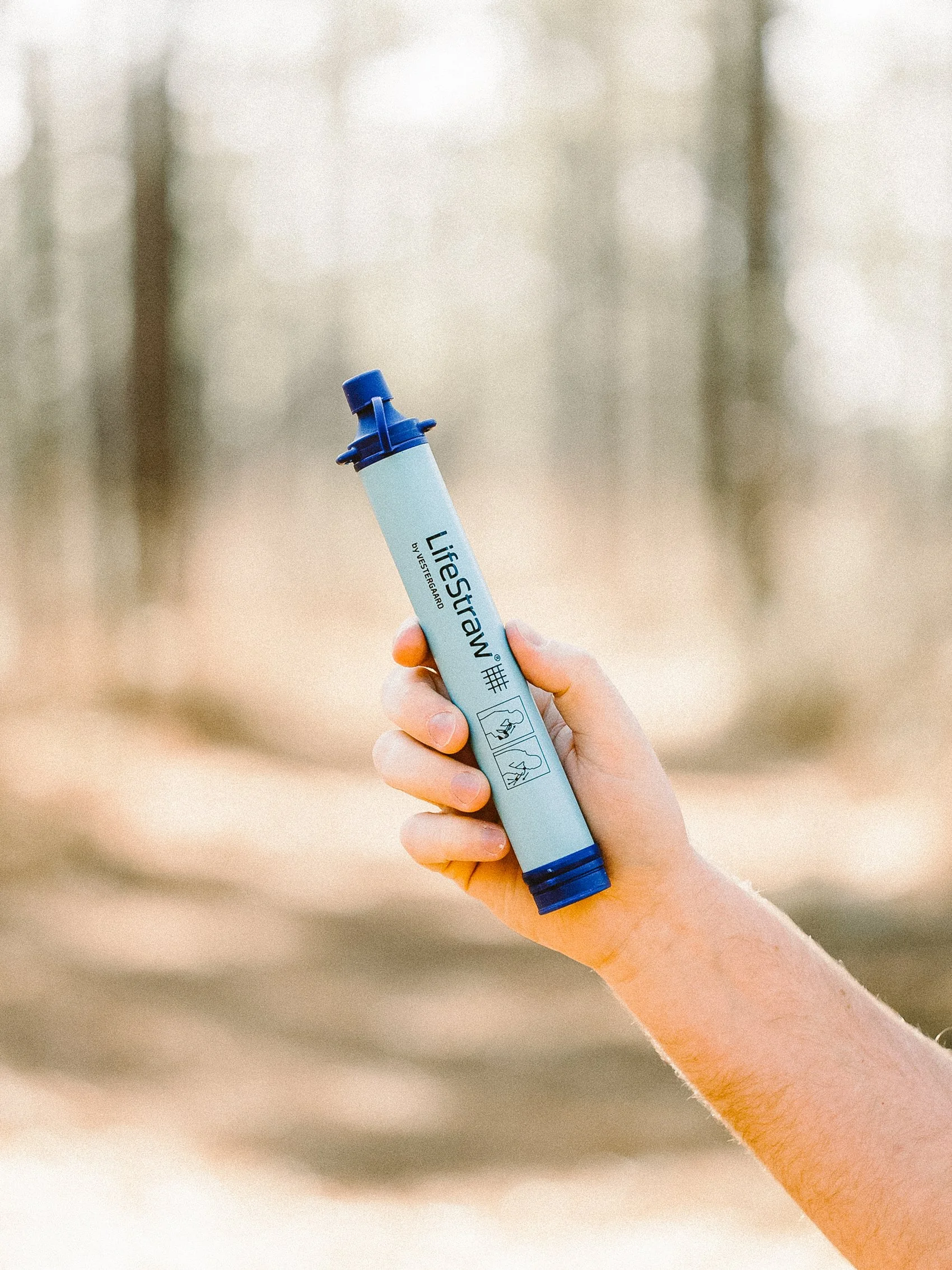A beginners guide to hiking
Preparing for a beginner hike involves several key steps to ensure a safe and enjoyable experience. Here are a few tips to help you get started!
START SMALL
Before hiking a 10 mile hike, get a few smaller hikes under your feet. By selecting well-marked trails and starting with small hikes less than three miles round-trip allows you to build endurance without being overwhelmed. Choose locations that are easily accessible to you, such as local parks, neighborhood trails, or nature reserves. As you grow more comfortable, you can gradually increase the distance and difficulty of your hikes. Most importantly, listen to your body!
FIND A HIKING PARTNER
As a beginner hiker especially, hiking with a partner can not only enhance your outdoor experience, but keep you motivated and accountable. Hike with a partner or friend, or join local hiking clubs or online communities of like-minded outdoor enthusiasts. Social media and outdoor apps are great for connecting with local hikers, and make it easy to arrange group hikes or pair up for challenging trails. Make sure to always communicate your skill and comfort level beforehand, and don’t be afraid to ask for tips or advice from more experienced hikers. If you’re opting to solo-hike, make sure to inform someone about your hiking plans and expected return time for safety.
FIND A TRAIL
When finding the right trail(s), don’t only consider length (1-3 miles is a great starting place for beginners), but also elevation gain. Hikes with 100-400 ft elevation gain tend to be on the easier side, which is optimal for beginners. Once you have that down, or if you’re looking for a challenge, find a hike with 500-1,000 ft gain, but keep in mind that this may be difficult. You’ll also want to keep in mind how much time you have — An hour? Two hours? A whole day? For beginner hikers, we recommend starting early to make the most of daylight and allow time to explore at a leisurely pace.
Overnight Hikes
If you’re not only hiking, but camping, you may be wondering where you can camp at amazing sites, without crowds of tourists? Bureau of Land Management (BLM) dispersed camping is allowed in most BLM areas. Remember that on these sites, there is no water, bathrooms, etc so make sure to plan ahead and accordingly, and always remember to leave no trace! How do you find BLM land? Use apps lke Dyrt Pro. On the map, filter for BLM land. Areas in orange are able to be camped on for free!
CHECK THE WEATHER
Checking the weather before a hike is crucial to ensuring safety. Weather conditions can change rapidly in outdoor environments, and being unprepared for rain, snow, or extreme temperatures can lead to dangerous situations. By understanding the forecast, hikers will know how to dress appropriately, pack necessary gear, and even plan routes to avoid dangerous areas (i.e.: trails that may be muddy or flooded).
PACK YOUR BAG
Even if you’re only hiking for a couple of hours, you should, at minimum, bring a small daypack with essentials that may come in handy during emergency situations. Below are a few items we pack for every hike, no matter the length!
GPS, map and/or compass
Sunblock, sunglasses
Basic first-aid kit
Insect repellent
Knife or multi-tool
Matches, lighter
Food (meals, snacks)
Water, and a Lifestraw
Moisture-wicking clothing/layers
Fully-charged phone, turned off
WEAR
When embarking on a hike, it's essential to wear comfortable, moisture-wicking clothing that allows for movement and breathability. We love merino wool, which keeps us dry and maintains our body temperature, but you may find synthetics to be a better fit. Generally, hikers should avoid wearing cotton as it absorbs moisture, leaving you damp and cold, which increases the risk of hypothermia in cooler conditions.
Start with a good base, and layer with an insulating mid-layer like a fleece if the weather is cooler. Add a lightweight, waterproof outer layer to protect against wind and rain.
Choose footwear that offers proper support and traction, such as sturdy hiking boots or trail runners. We can’t recommend Danner boots enough! Find our review of the Danner Mountain 600 Hiking Boots for Men and the Danner Inquire Chukka Hiking Boots for Women. We almost always pair them with wool socks.
Stay ON THE TRAIL
Going off trail can be very dangerous. Trails are often created by park authorities with safety in mind, guiding hikers away from hazardous terrain and providing clear markers for navigation. Venturing off the trail increases the risk of getting lost. Also, remember that hikers going up have right of way.
Secondly, staying on the trail is essential for preserving the natural environment. When hikers wander off designated paths, they can unintentionally damage sensitive ecosystems, harm plant life, and disrupt wildlife habitats. By sticking to established routes, you’re helping to protect nature and contribute to a more enjoyable outdoor experience for everyone that comes after you.
LEAVE NO TRACE
Follow the basic principles of Leave No Trace to ensure the trails remain accessible for future adventurers. Most notably, this involves practicing guidelines such as staying on designated paths to protect fragile ecosystems, packing out all trash to avoid littering, respecting wildlife by observing from a distance, and not feeding animals to help maintain their natural behaviors.
















